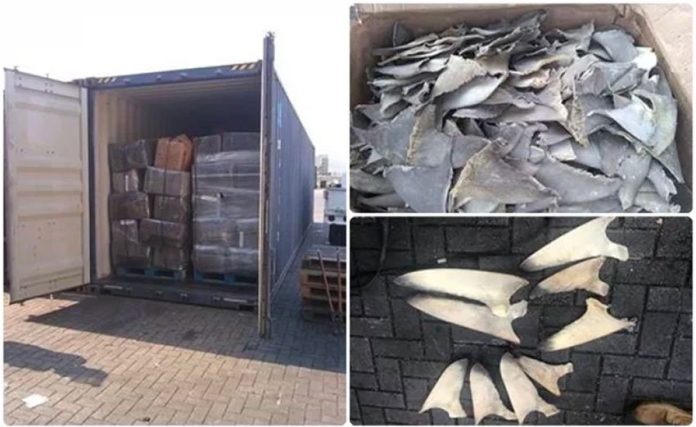Customs agents in Manzanillo, Colima, have confiscated a large haul of illegal shark fins bound for the Philippines.
The fins, about 10.4 tonnes in total, were estimated to have a value of nearly 4 million pesos (US $210,000). They were discovered in 509 crates during an inspection by customs officials and the navy.
The export of shark fins is prohibited in Mexico, but in 2015 it was one of the top 10 countries in which sharks were captured for lucrative ends. Of the world’s 500 shark species, 104 are found in Mexican waters.
Shark fins are considered the most valuable part of the animal and are removed in a process known as shark finning, in which fishermen capture a shark, cut off the animal’s dorsal fin and throw the rest of the still-living creature back into the water, where it bleeds to death.
The fins can fetch as much as US $1,100 per kilogram and are used in a popular Chinese dish called shark fin soup, a symbol of status. The fin was thought to have medicinal properties.
Today, the undiminished popularity of shark fins has led to overfishing.
According to the Smithsonian Institution, close to 100 million sharks are killed by humans every year.
Source: El Universal (sp)
